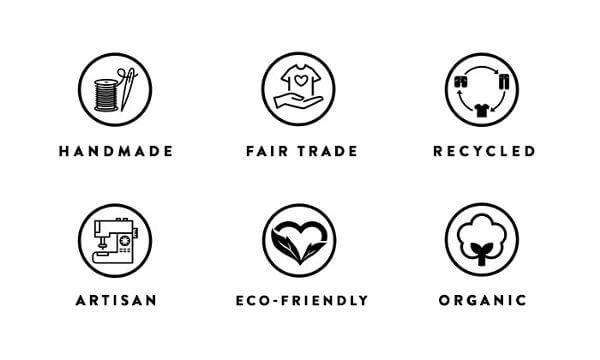Fast fashion and slow fashion are the two contradicting methods which reflect different values, production process and consumer consumption.
Both of these terms have positives and negatives which are explained below.
Fast Fashion
This type of fashion indicates the fast production process and effective distribution of low priced stylish clothing imitating the current fashion trends. The brands pertaining to this type of fashion usually bring out new styles at affordable prices. The aim is to persuade the consumers to buy out frequently to match up to the current trends going about. Due to the continuous changing styles and trends, the brands are in demand amongst the consumer section. However, fast fashion has some drawbacks as well.

Environmental Impact –
The continuous cycle of production and its consumption cycle has led to a plethora of water and pollution. The usage of chemical colors and synthetic fabrics and materials have further damaged the environment.
Poor Quality –
In order to keep the costs low, the fast fashion brands have to settle on poor material quality and handiwork. Thus leading to worn out garments and subsequent waste.
Unethical Labour Practices –
The pressure of producing garments at a lower price range can often lead to the exploitation of the laborer in developing countries. The laborers may have been treated to a harsh working environment and minimum wage.
Disposable Culture –
The constant incursion of the latest styles have led to a replaceable mindset among the consumer section which in turn have resulted in excessive consumption and landfill waste.
Slow Fashion
Slow fashion is a counter move which prioritizes sustainable and ethical fashion practices. It inspires conscious consumption, quality over quantity, and developing a sense of gratitude for the clothes. This type of fashion focuses on classic pieces, long-lasting materials and a responsible production line.

There are certain key factors of slow fashion which includes –
Quality and Workmanship –
This type of fashion emphasizes heavy-duty garments which stand the test of time. The outfits are produced by skilled workers who take pride in their works .
Production –
The brands relating to slow fashion brands are impartial in their labor practices. They engage in a safe working environment and reasonable labor wages often utilizing local warehouses.
Sustainable Material –
Slow fashion prefers to use natural, environment friendly and organic textiles that have lesser impact on the ecosystem. This includes using eco-friendly fabric and colors.
Transparency –
The brands relating to slow fashion are transparent about their supply chains and production line. They engage in open contact with their customers about their values and practices.
Conscious Consumption –
It motivates the consumers to buy less , but prioritizes pieces that match with their personal styles and values. This strategy promotes a considerate and sustainable approach to clothing.
Minimalist Aesthetics –
The slow fast brands adopt timeless and elegant pieces that stand the test of time. Thereby reduces the pressure of constantly recycling the consumer’s wardrobe.
The fast fashion and the slow fashion brands have two different methods while venturing into the fashion industry. While fast fashion updates itself with affordable clothing catering to the latest trends, slow fast focuses on sustainability, ethical practices and thoughtful consumption.
If choosing slow fashion , then it would be a conscious step towards the betterment of the ecosystem, by reducing waste and pollution. This shift would bring about a positive change in the environment.













